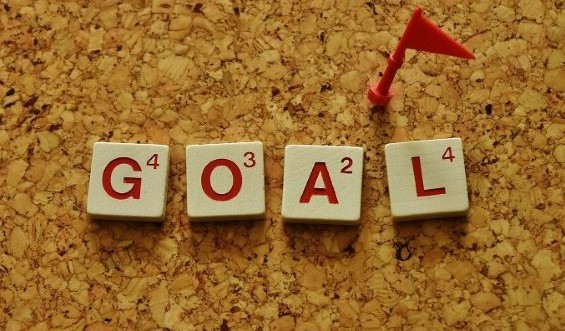Note that your final mark will not be saved in the system.
D3 Motivational techniques for fitness programming GapFill
You must fill all the gaps before clicking ‘Check Answers!’

Goal-setting is used to provide direction for behaviour and maintain focus throughout the training programme. In order for goals to be effective, they should follow the SMARTER principles.
| SMARTER principle | Meaning |
| Goals should be set within the capabilities of the performer to avoid any demotivating effects. | |
| Goals should allow the performer a level of excitement to maintain motivation to avoid boredom with training. | |
| Goals should be able to be monitored through some sort of unit of measurement such as time taken or weight lifted. | |
| Goals should allow a record to be kept for reference when reviewing the success of the training programme. | |
| Goals should relate to the overall aims of the training programme, which should target an aspect of the performer’s sport/activity that needs improving. | |
| The performer should have the necessary resources (e.g. training facilities) and ability levels to meet the goal. | |
| Goals should be given a set duration in which to achieve to see the rate of progress against what was expected. |
Goals can be set over the short term or long term. Short-term goals should be set from to , to provide quick and easy targets to maintain motivation with the training programme. Long-term goals should be set over as they provide the performer with ambition for the bigger targets that they wish to achieve down the line. For example, someone looking to improve their muscle strength at the gym may set a short-term goal of performing ten reps at 70% of one-rep max on each exercise they perform within a training . The long-term goal may then be to increase one-rep max on each exercise by 5-10 kg, by the end of training.